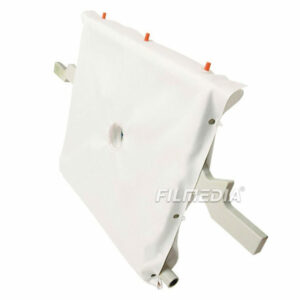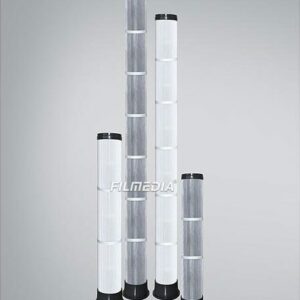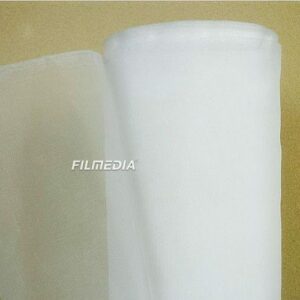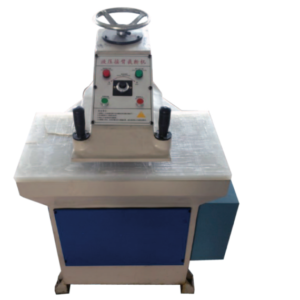What is the difference in carded and combed yarn?
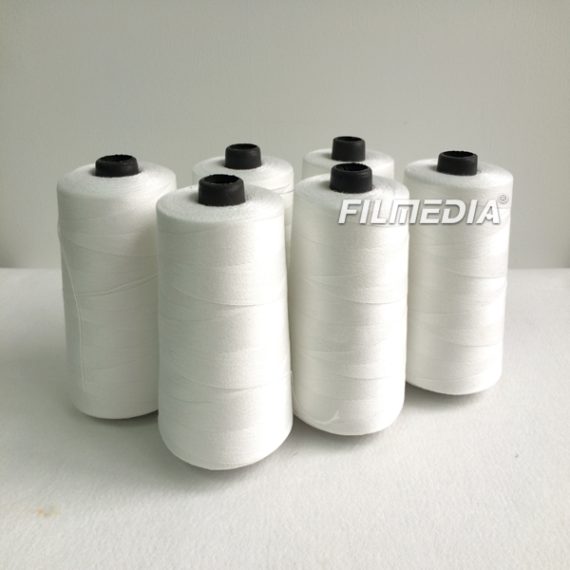
If the yarn is spun in the direction of the fibers a smoother yarn is produced than if the yarn is spun perpendicular to the fibers.
Carding removes tangles in wool fibers but does not fully align the fibers so they are all going in exactly the same direction. Most may be going in one direction but there will always be some going off in their own direction. If the carded fiber is spun with most of the fibers going in the direction of spinning (ie. toward the spinning wheel), it will produce a more compact, smoother yarn. If it is spun with most of the fibers perpendicular to the direction of spin, it will produce a fluffier, airier yarn.
However, because there is always some haphazard arrangement of fibers that have been carded, carded wool will always produce fluffier yarn than combed wool. Fluffy or airy yarn is generally best suited for knitting. Combing is much more labor-intensive. Fine toothed combs are used to straighten and align each individual fiber parallel to the direction of spinning as the fiber is being spun.
| THE DIFFERENCES BETWEEN CARDED YARN AND COMBED YARN | |
| CARDED | COMBED |
| The yarn which is obtained without combing is called carded yarn. | The yarn which is obtained by combing is called combed yarn. |
| The quality of the carded yarn is not better than combed yarn. | The quality of the combed yarn is better than corded yarn. |
| The short fiber percentage is high. | The short fiber percentage is low. |
| Combing action is not done hare. | Combing action is done hare |
| Less strength
|
Higher-strength |
| Irregular
|
Regular |
